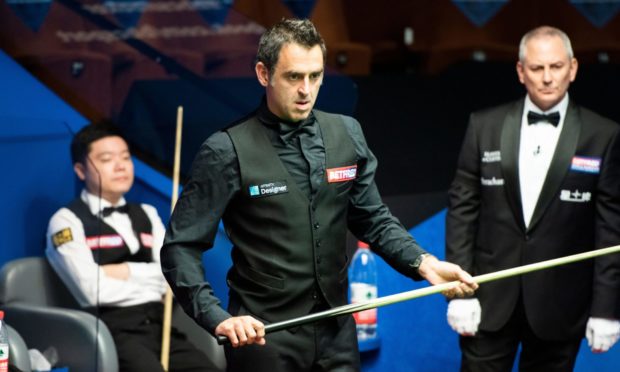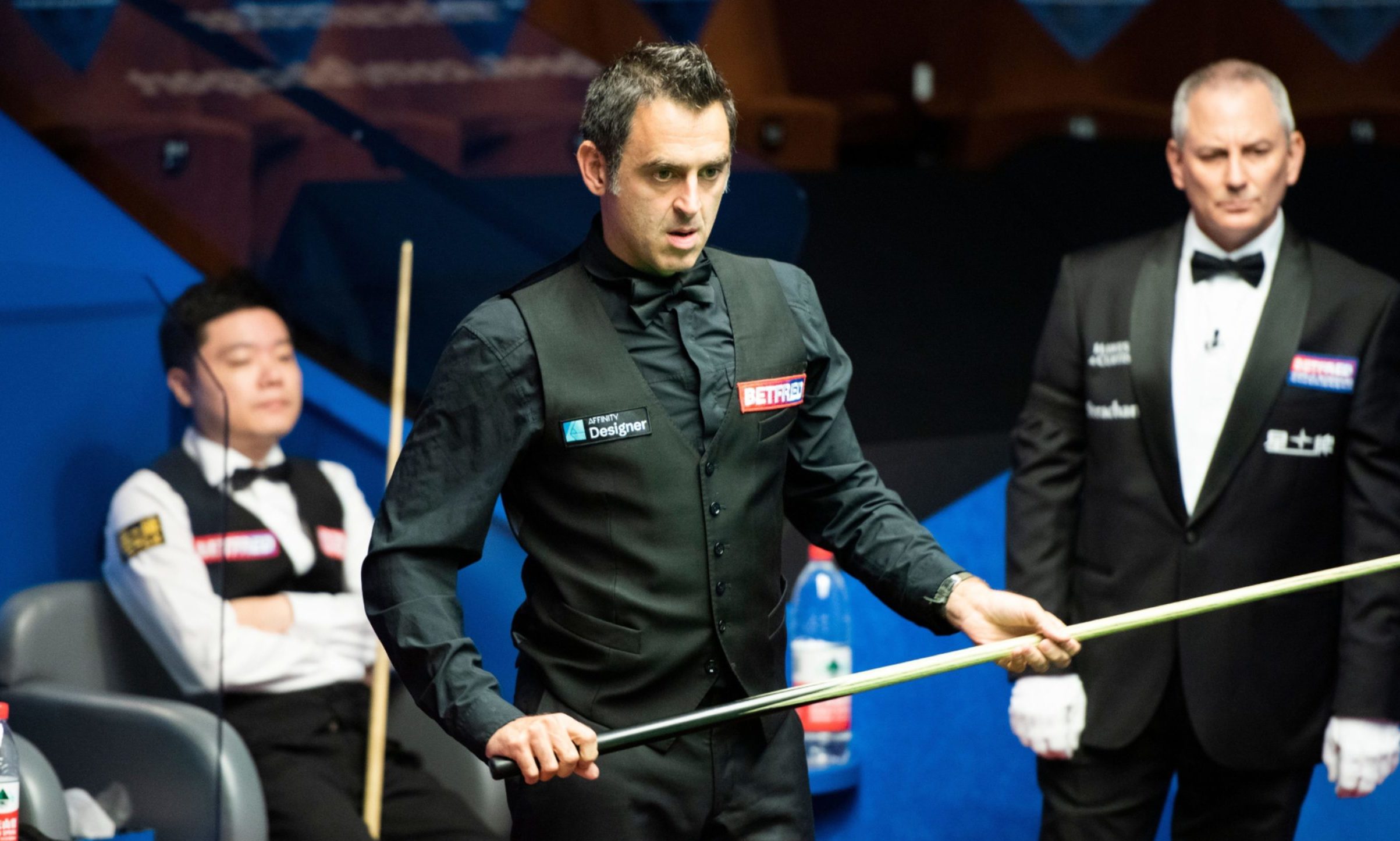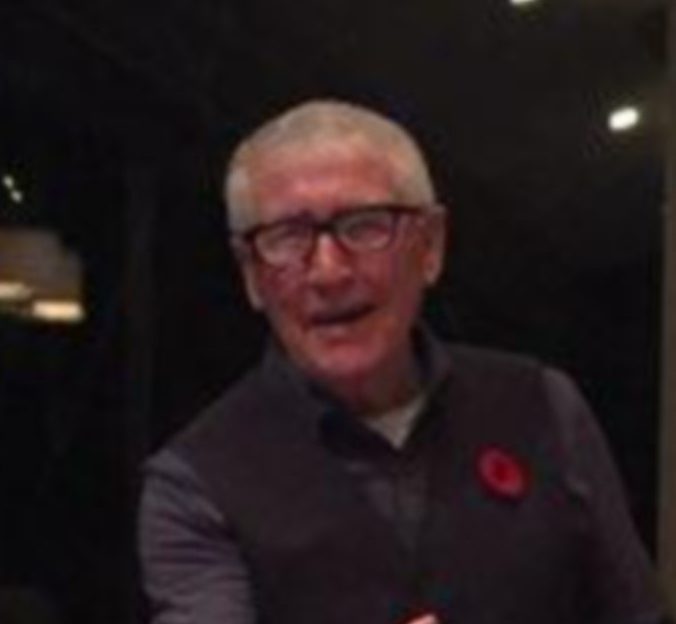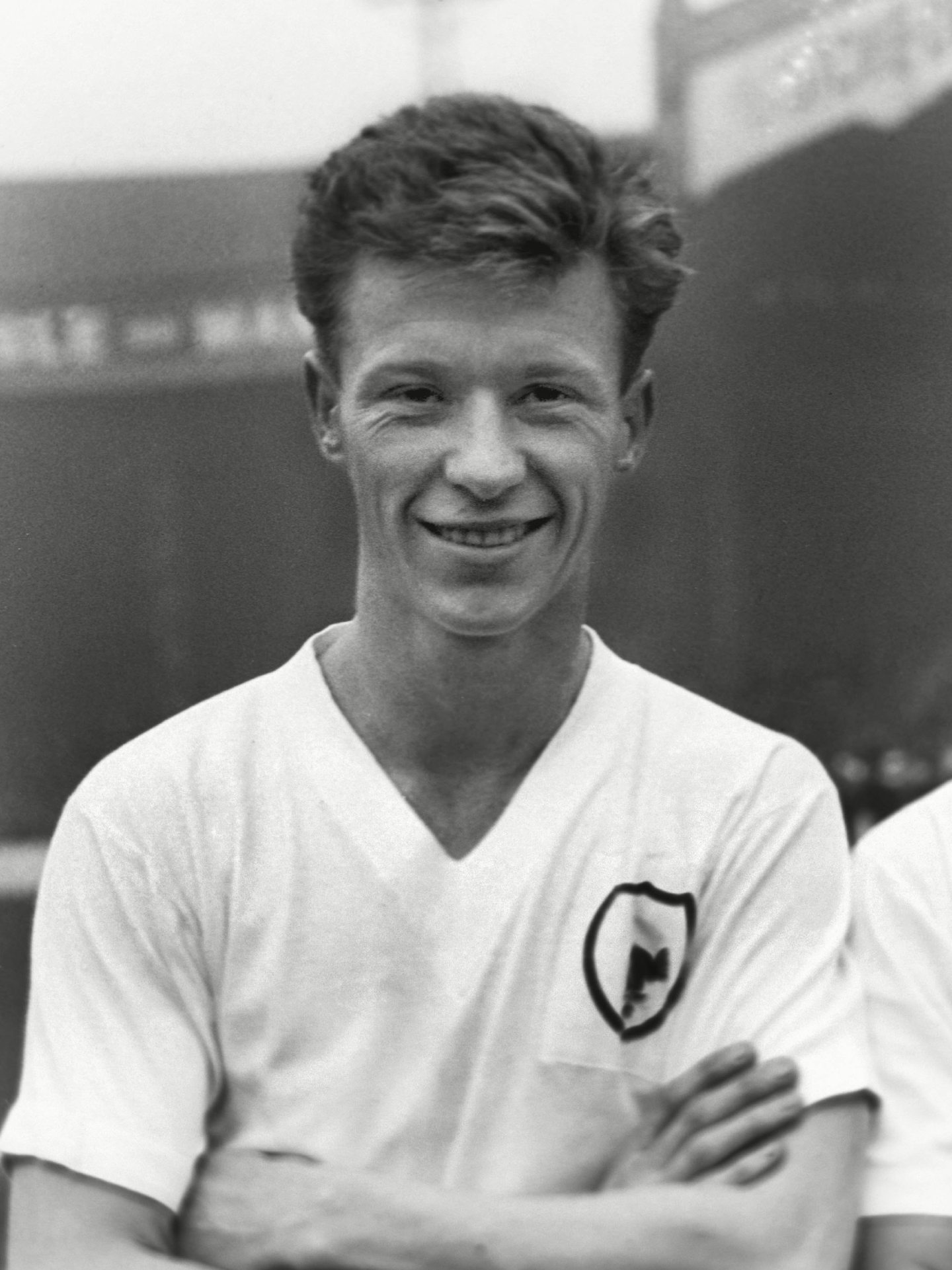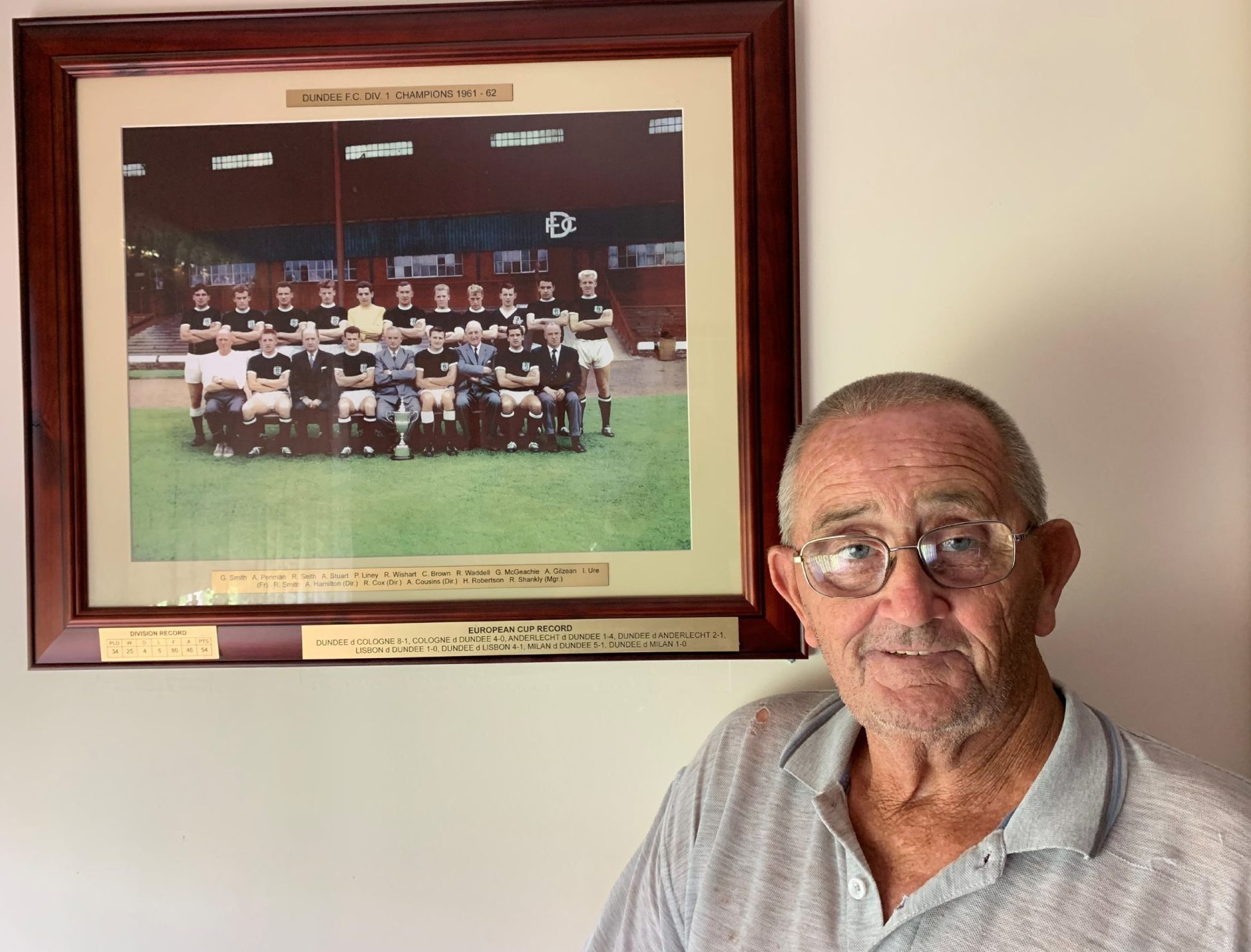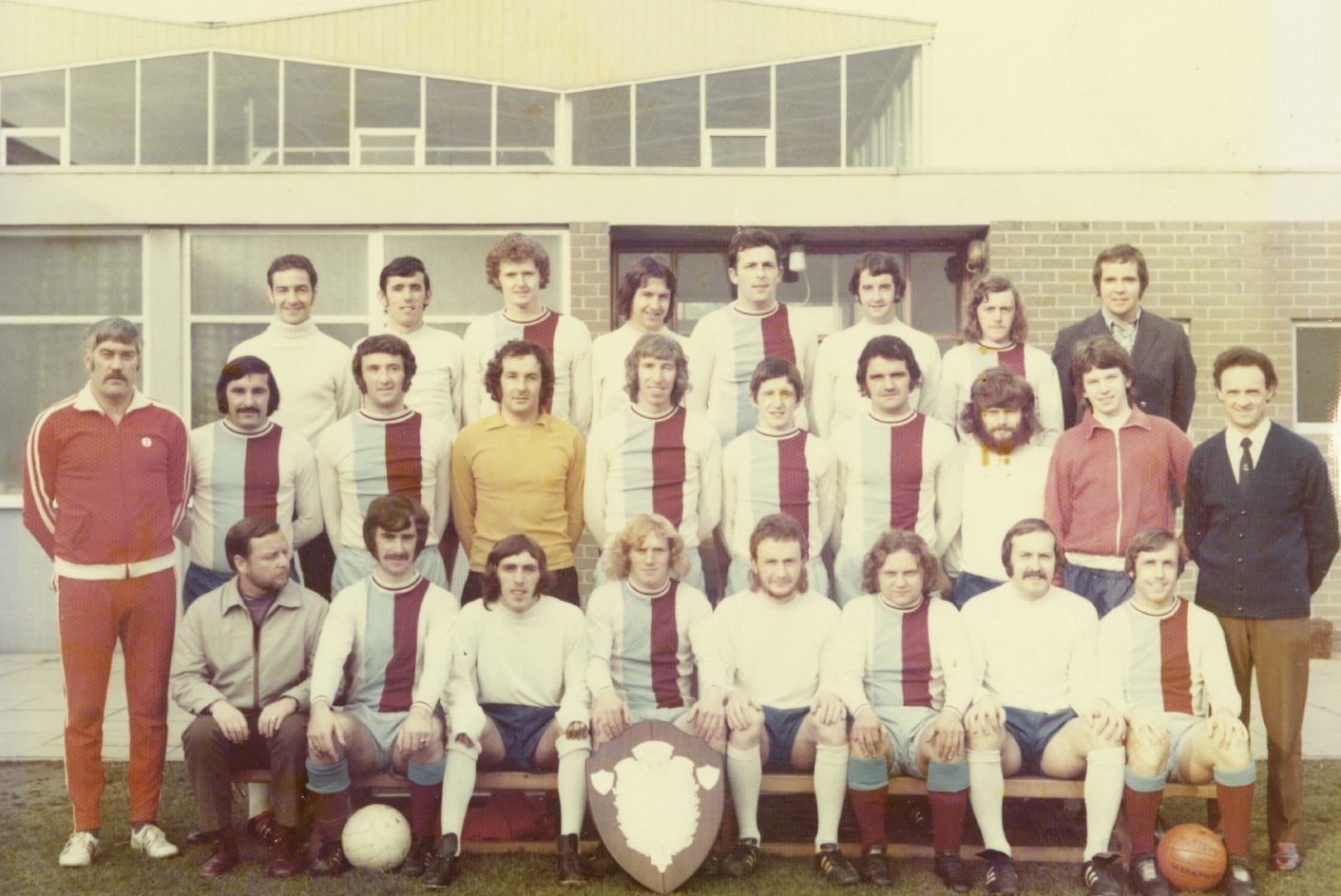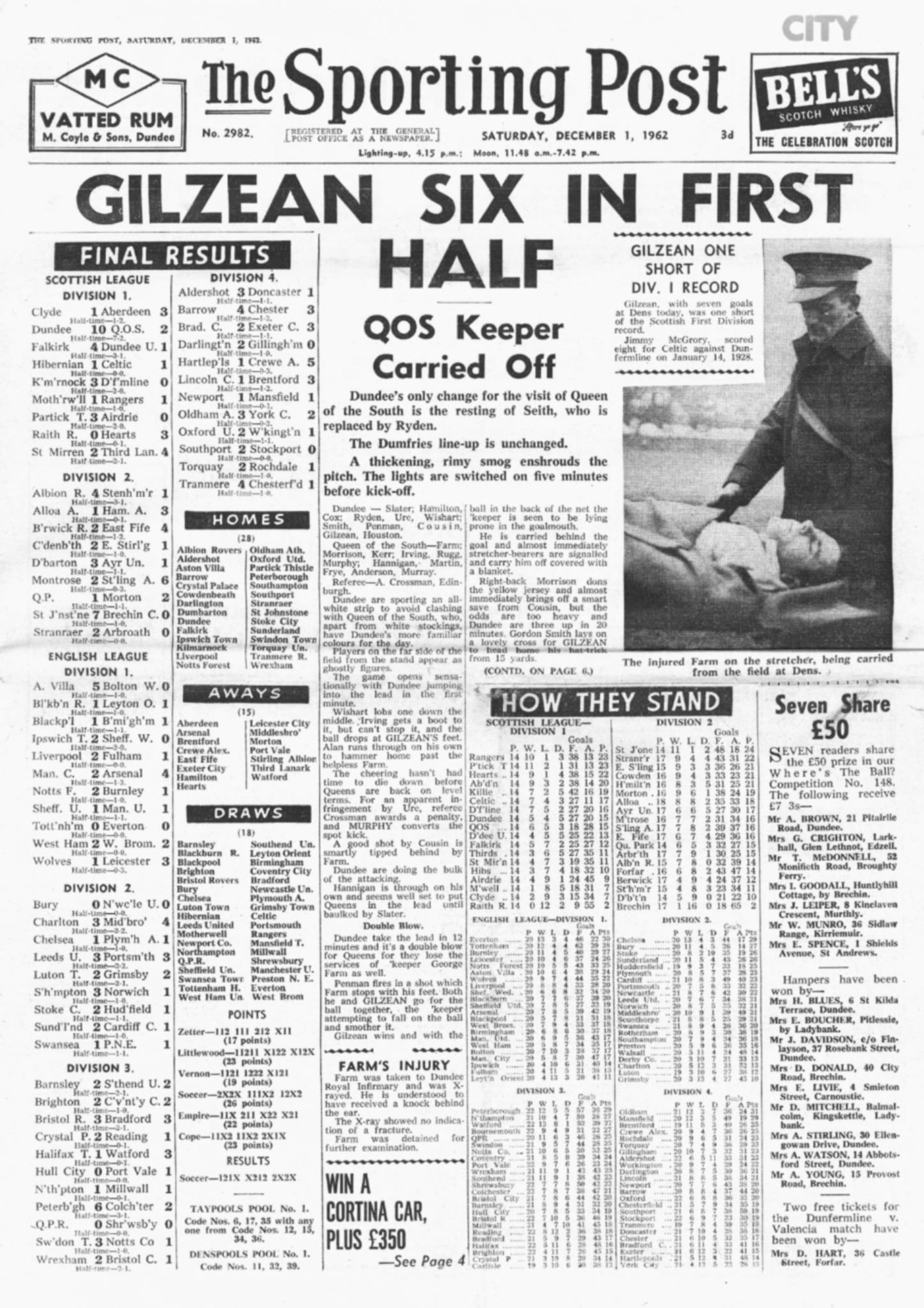A Dundee family’s connection with a world champion’s relatives led to a prominent BwB contributor seeing a Scottish football legend in the flesh.
Rob Boag opened: “Last year, when I read Ronnie O’Sullivan had regained his World Snooker Champion title, I felt that sense of familiarity you have when a relative of family or friends reaches the pinnacle of success in their field of endeavour.
“And, even though you haven’t met, there is a feel of knowing them.
“Some eight years previously, I wrote to Ronnie and described the family relationship between the O’Sullivans and the Boags.
“This was formed in the 1940s when my Uncle Joe trained amateur boxer Danny O’Sullivan, who later turned professional and was the British bantam-weight champion between 1949 and 1951.
“I also mentioned that I had known and played snooker with Ronnie’s grandfather Mickey O’Sullivan (Danny’s brother) – a former professional boxer (39 fights, nine defeats).
“I received a nice reply from Ronnie, thanking me for filling in parts of family history he never knew.”
Rob, formerly of Lochee, and now resident in Vancouver, Canada, continued: “One Friday evening in December 1960, with a 48-hour pass from my army camp, I was in London for a weekend.
“An open invitation from the O’Sullivan family saw me staying over with Danny, his wife Lilian and two young daughters.
“My trip to London was motivated by the opportunity to see the Tottenham v Burnley game the following day at White Hart Lane.
“This was an encounter between two teams battling for first place in the English First Division.
“Danny had business to attend to on that particular day and couldn’t make the game, but a phone call to his brother Mickey meant I had a chaperone.
“I was to meet up with him and others in a pub on Seven Sisters Road and, on entering, I saw Mickey leaning over a snooker table as he rifled the pink into a side pocket.
“The white spun back in perfect position for Mickey.
“A glance at the black, a lean over the table behind the white, the cue positioned on his left hand, a slow back and forth of the cue – once – twice, then the chalk tip of the cue tapped the white low on the ball circumference.
“It sped and kissed the black, and the last colour on the table was hastened home into a corner pocket.
“A sprinkle of lads were spectators to the game, pound notes were handed from one punter to another, with Mickey shoving a fistful of notes into his ‘hipper’.
“This was part of the build-up to me seeing ‘The Ghost’ for the first time.”
Seeing The Ghost in the flesh
But who is ‘The Ghost’?
Rob said: “From the pub on Seven Sisters Road, six of us crammed into a Morris Minor and we were on our way to White Hart Lane to see Spurs entertain Burnley.
“Mickey O’Sullivan was obviously well known and, with 58,000 in the ground, and after a few nudges from a man who knew a man who knew a man . . . we were in a decent viewing position under the only enclosure in the ground.”
On the pitch, a Scot immediately caught Rob’s eye, as he explained: “Early on, under atrocious conditions, talented Burnley inside man Jimmy McIlroy was on the ground writhing in the mud.
“Above him, Dave MacKay, as you might imagine, was gesticulating to the referee that he never touched him.
“Within 15 minutes of play, I reckon, by today’s football standards; MacKay had earned three red cards.
“Tottenham were 4-1 up at half-time, with both teams outstanding, and every player on view was either English, Irish, Welsh or Scottish.
“Former Dundee goalkeeper Bill Brown made a great save for Spurs early on, and powerhouse Dave MacKay hit a screamer from 40 yards for their third goal.”
Rob continued: “And then there was John White, a slip of a lad who had incredible stamina, superb ball control with a gifted awareness and intelligence.
“White read the game like a chess grandmaster.
“The second half belonged to Burnley and they scored three goals to earn a 4-4 draw.
‘What an epic battle it had been.
“After the game, back at the pub, Mickey and the lads were disappointed with a draw, but, at the same time, almost exhilarated with the level of performance both teams delivered.
‘We dissected the match, the glorious highs and the abysmal lows, and I was asked which player impressed me the most.
“Without pause I said ‘John White’. They all nodded. ‘The Ghost’ said Mickey. ‘Rob thought the ghost was brilliant’.
“This was the first time I had heard John White’s nickname – ‘The Ghost’.
“And it was a perfect descriptive name for White.
“He would drift in and out of spaces, and suddenly appear it seemed out of nowhere to receive a pass and maintain possession.
“My memory of that game is tattered and faded, but I can still conjure up an image of John White in the mud and gutters as he glided into spaces, just as if he were a ghost.”
Third Lanark playing Dundee was featured in a photo on January 23, and this prompted a reply from no less than Australia.
Dundee expat Ken Abbot recalled an incident between the two teams.
He opened: “In Dundee’s title-winning 1961-62 season, they met Thirds at Dens Park.
“I recall an incident which sent a momentarily shockwave through us Dee supporters, thanks to goalkeeper Pat Liney.
“Third Lanark were awarded a free-kick at the TC Keay end of the park and one of their players stepped up and slammed the ball past the defensive wall (untouched) into the net.
“Liney casually reached into the net, picked up the ball and placed it for a goal-kick.”
Some home fans were confused as they thought it was a goal, but Liney knew it was actually an indirect free-kick, as Ken continued: “When it became clear what had occurred, every Dark Blue supporter collectively had a sigh of relief.
“I think we went on to win 2-1.
“When my mates and I got back to Frankie Davie’s pub in Lochee later on, it was the subject of much debate and laughter.”
This game took place on January 20, 1962, with Andy Penman (pen) and Hugh Robertson netting for the Dee.
This result meant Dundee had now gone 17 league games undefeated, and this would stretch eventually to 19.
Ally Hume recalled his late dad, also Ally, playing in the old Midlands Amateur FA with Lawside FP.
He said: “He won the league title with Lawside and later had a spell with Auchterhouse.
“I know Lawside used Dudhope Castle as changing facilities back in early 1970s.
“I vaguely remember going to the training with my dad.
“They trained on Dudhope Park slopes and, on dark nights, used car headlights as floodlighting.
“I also remember, in the changing-rooms, there was gym gear and a full-size snooker table.
“I would be very grateful if you or any of your readers have any information on this team.”
Ally (Sr) is featured in this Lawside FP AFC league-winning side (below) from 1972-73, which is riddled with talent.
Back row (from left) – Reg Parr, Gerry Wilson, Denis McPhail, Davy Henderson, Gordon Clark, Brian Nolan, Bobby Marr, Jim Scott.
Middle row – George Johnstone, Bill Doyle, Chris Cardosi, Freddie McCulloch, George McGeachie, Ronnie Adams, Ally Hume (capt), Joe Shearer, George Sinclair, Willie Millar.
Front row – Charlie McInally, Nigel McInally, John Jackson, Bobby Falconer, Jake McDonough, Willie Campbell, Bobby Vance, Gerry Laing.
If anyone else has any other photos or information regarding Lawside and any info re success during Ally’s time, then please get in touch.
Pictured is the front page of the Sporting Post from December 1, 1962 – the day that Alan Gilzean scored seven goals in one game for Dundee.
Witnessed by 10,000 fans inside the ground, Queen of the South were the luckless visitors to Dens Park that afternoon.
It was revealed a few days later that he had equalled Bert Julliussen’s club record set in 1947, but was one adrift of Jimmy McGrory’s Scottish record of eight for Celtic.
Many years later, I interviewed Gillie at a function and asked him about that specific game. He remembered it well and said: “Going into that particular game, I had no idea of any records.
“I was just doing my job of trying to score goals when given the opportunity.
“What I do remember about the game was the contribution from centre-forward Alan Cousin, who helped set up many of the goals.
“I think I spent the last half-an-hour or so trying to set him up to score a goal.
“I definitely had a number of chances to increase my personal tally.
“However, I kept looking to see if I could get the ball to Alan.”
https://www.eveningtelegraph.co.uk/fp/dundee-united-dundee-fc-duncan-young-george-mclean-blether-with-brown/
